1. DIY Fire Pits Too Close to the House
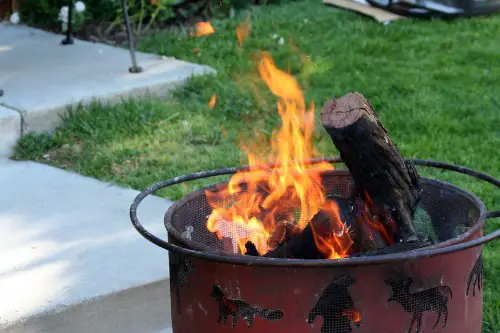
A cozy fire pit sounds like a great idea—until it’s built too close to the home, fence, or overhanging trees. Poor placement is not only a safety hazard, it can also violate local fire codes. That’s a big red flag for buyers and inspectors alike. Even if it looks charming, it could be a deal-breaker.
If you’re adding a fire feature, follow all safety guidelines and consider a portable version instead. It’s easier to move, safer, and won’t scare off potential buyers. Fire pits should add warmth, not worry. Placement is everything.
2. Over-the-Top Water Features
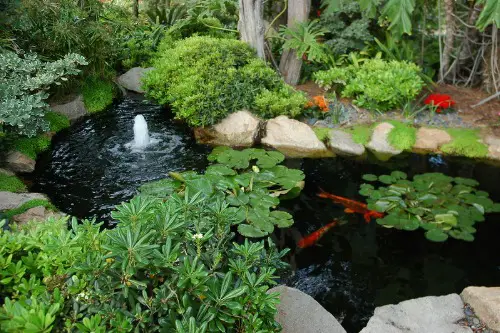
A koi pond or elaborate fountain might feel like a luxurious upgrade, but many buyers see it as a maintenance nightmare. Water features require constant upkeep, attract bugs, and can pose safety risks for kids and pets. If it’s not professionally installed, it may also leak or malfunction. That turns your backyard oasis into a liability.
Simple, low-maintenance landscaping is often more appealing. Buyers want to enjoy their yard—not inherit a project. Unless you’re in a high-end market where water features are expected, it’s best to keep things simple. Less splash, more value.
3. Painted Concrete Patios in Bold Colors
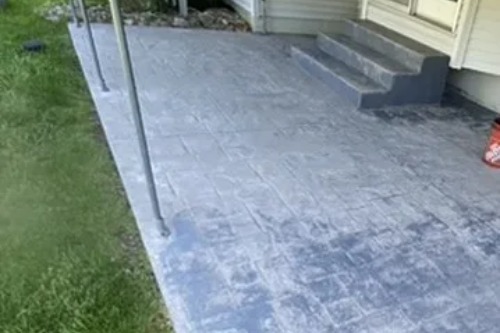
Painting your patio a bright blue or fire-engine red might seem like a fun weekend project, but it can seriously backfire when it’s time to sell. Bold colors often clash with buyers’ tastes and can make outdoor spaces feel dated or overly personalized. Worse, DIY paint jobs on concrete often peel or fade quickly, especially in harsh weather. That leaves your patio looking worn out instead of refreshed.
If you want to upgrade your concrete, consider staining it in a neutral tone or using outdoor rugs and furniture for color. These changes are easier to reverse and more universally appealing. Buyers want to imagine their own style in the space. Not be stuck with yours in permanent paint.
4. DIY Deck Additions Without Permits
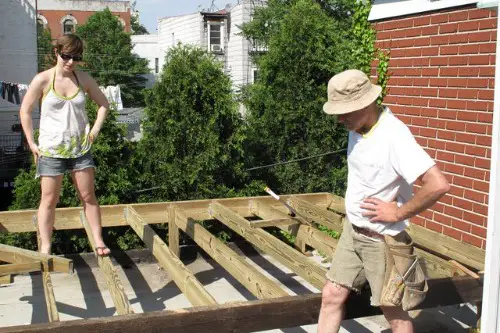
Building your own deck might save money upfront, but if it’s not permitted or up to code, it can be a major red flag for buyers. Unpermitted structures can delay or derail a sale, and buyers may worry about safety or future liability. Even if it looks sturdy, a lack of paperwork makes it risky. And that risk lowers your home’s value.
Always check local building codes before starting any structural project. A professionally built, permitted deck adds value—an amateur one does the opposite. It’s not just about aesthetics. It’s about trust and legality.
5. Artificial Turf in the Wrong Climate
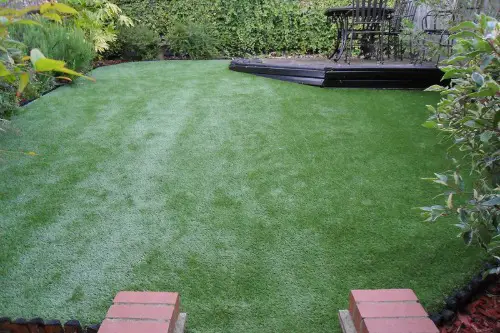
Artificial grass might seem like a low-maintenance dream, but in the wrong setting, it can be a turnoff. In hot climates, it gets scorching underfoot and can contribute to heat buildup. It also doesn’t support local ecosystems or drainage, which some buyers care deeply about. And once it starts to wear or fade, it’s expensive to replace.
In regions where natural landscaping is preferred—or where water isn’t a major issue—fake grass can feel like a downgrade. Native plants or drought-tolerant gardens are better long-term solutions. They’re more sustainable and more appealing to eco-conscious buyers. Turf might be trendy, but it’s not always smart.
6. Excessive Hardscaping
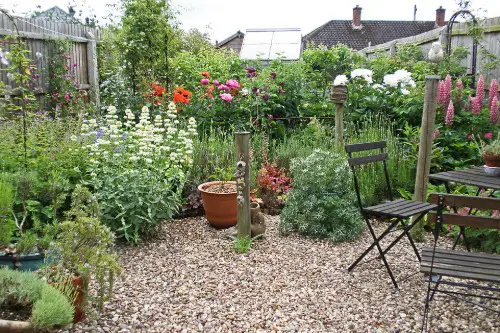
Covering your entire yard in pavers, gravel, or concrete might seem like a low-maintenance win—but it can make your outdoor space feel cold and uninviting. Buyers often want at least some green space for kids, pets, or gardening. Too much hardscaping can also cause drainage issues and heat buildup. It’s functional, but not always desirable.
Balance is key. Use hardscaping to define areas, not dominate them. A mix of soft and hard elements creates a more livable, appealing yard. And it keeps your resale value intact.
7. DIY Privacy Fences That Look Makeshift
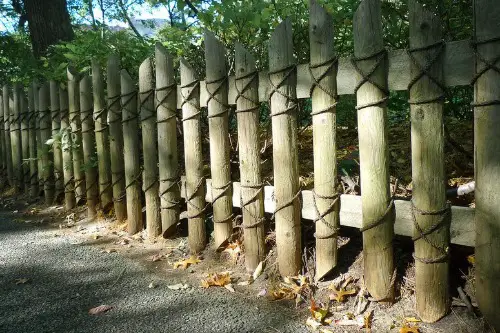
Throwing up a quick privacy screen with pallets or lattice might solve a short-term problem, but it can look cheap and unfinished. Buyers notice when outdoor structures feel temporary or poorly built. It raises questions about the rest of the home’s upkeep. And it can actually make the yard feel smaller and more boxed in.
If privacy is a concern, invest in a well-built fence or use landscaping like hedges or tall grasses. It’s more attractive and adds lasting value. A backyard should feel private—but also polished. Not like a patchwork fix.
8. Homemade Outdoor Kitchens
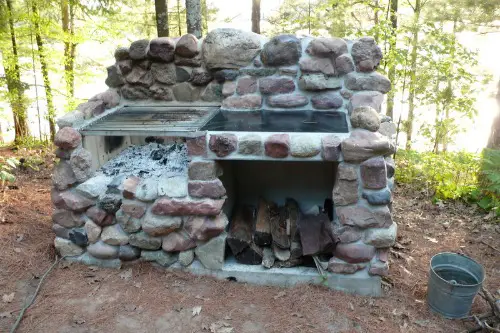
Building your own grill station or pizza oven might sound like a dream project, but if it’s not done professionally, it can be a major turnoff. Poor ventilation, uneven surfaces, or exposed wiring can all raise safety concerns. Plus, if it looks cobbled together, it can cheapen the entire yard. Buyers want outdoor kitchens that feel like an upgrade—not a science experiment.
If you’re serious about adding one, consider modular kits or hiring a pro. A well-designed outdoor kitchen can boost value—but only if it’s done right. Otherwise, it’s just an expensive eyesore. And a potential deal-breaker.
This post 8 Outdoor DIYs That Actually Lower Your Property Value was first published on Greenhouse Black.
